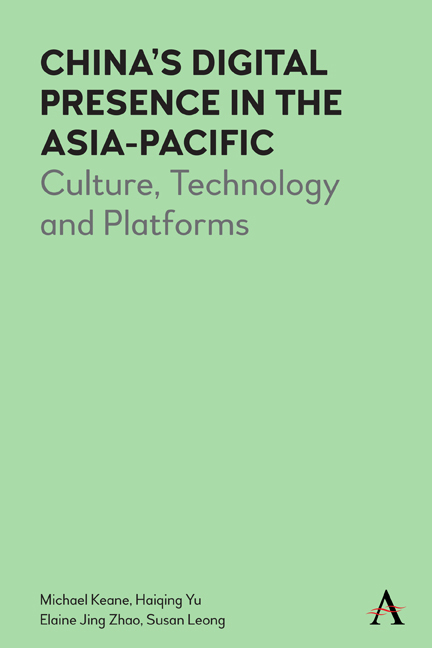1 - Culture +
Published online by Cambridge University Press: 20 January 2022
Summary
Chinese culture is often misunderstood. According to China's leaders and many commentators, the nation and its people are misrepresented in foreign media. The Chinese government has for this reason embarked on a grand plan to engage in a ‘discourse war’ (huayuzhan). China should ‘tell its stories well’, proclaims its paramount leader, Xi Jinping. Such a plan ties in with the rise of China as a global power. However, the nature of Chinese culture, particularly its frequent allusions to history and dynastic struggles, hinders dissemination of media and cultural products outside the PRC. Meanwhile, China's near neighbours Japan and South Korea have infused elements of Western modernity into popular culture; their cultural products resonate with the idea of ‘cool’ soft power. Compared with mainland China, these East Asian nations were quick to see the advantages of combining culture and technology.
This chapter begins by briefly considering the nature of Chinese culture, both inside and outside the PRC, including state-endorsed traditional models of ‘culture as civilization’ and reactions to the tidal forces of regional audiovisual culture. We consider the popularity of East Asian pop culture in the PRC since the late 1990s. The next section, ‘Waves of discontent’, describes how foreign media imports precipitated government policies in the early 2000s aimed at rectifying a ‘cultural trade deficit’. Following this, the discussion turns to the role of technology in peoples’ lives, the increasing availability of digital cultural goods and services and the emergence of so-called digital champions in the cultural sphere. Section three considers ‘culture +’, a framework proposed by Chinese think tank academics and embraced by Beijing's cultural bureaucrats. This leads to the question of how the integration of culture and technology might expand Chinese cultural exports and elevate China's ‘discursive’ influence. The penultimate section offers a brief evaluation of such efforts through the framework of ‘cultural soft power’ in which we problematize the notion of influence, while remaining cognizant of the fact that ‘influencers’ now abound online. Soft power, while a flawed concept, at least allows us to understand how states act to manage national image.
- Type
- Chapter
- Information
- China’s Digital Presence in the Asia-PacificCulture, Technology and Platforms, pp. 13 - 30Publisher: Anthem PressPrint publication year: 2020

